-
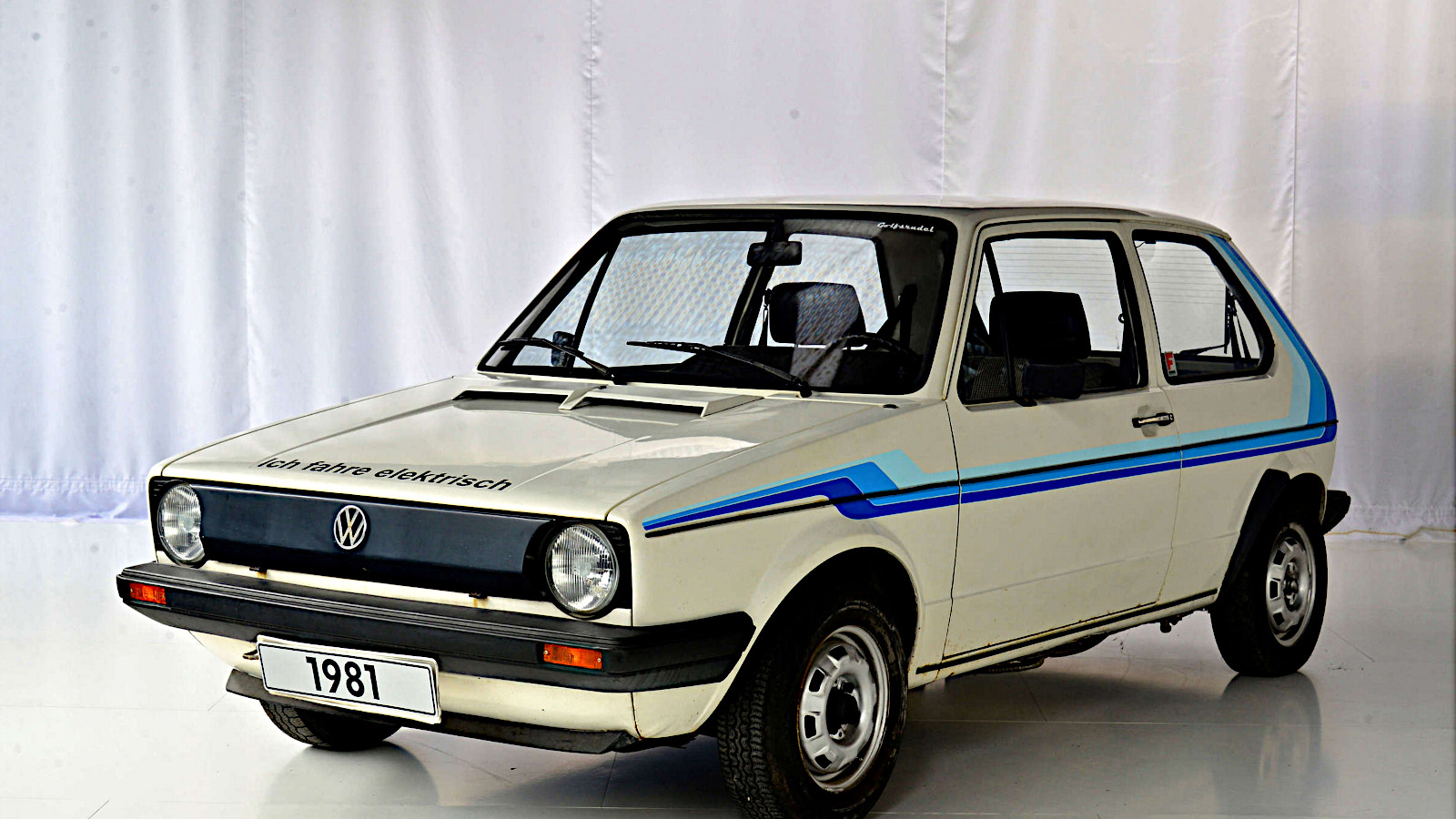 © Volkswagen
© Volkswagen -
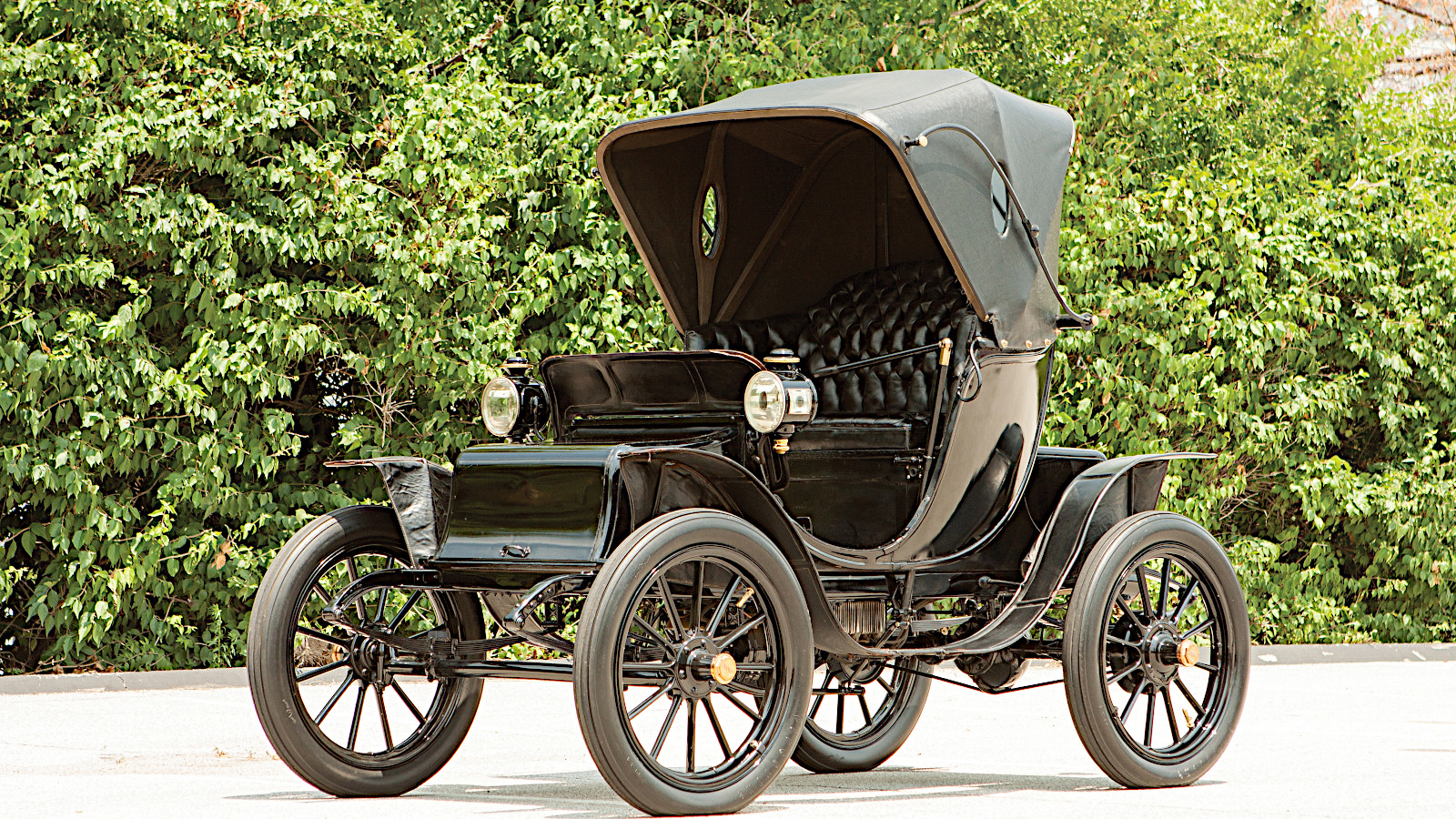 © Gabor Mayer/RM Sotheby’s
© Gabor Mayer/RM Sotheby’s -
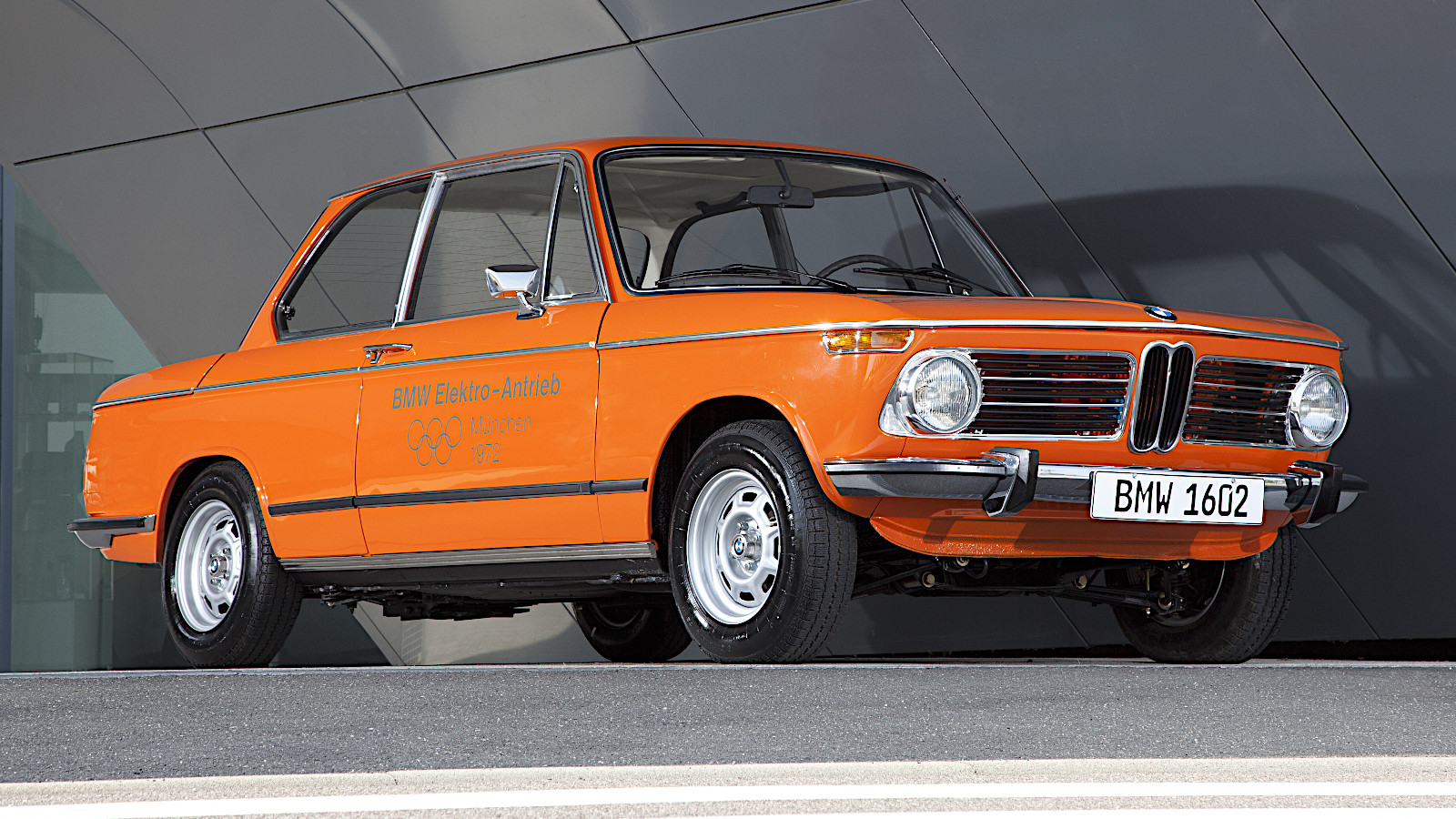 © BMW
© BMW -
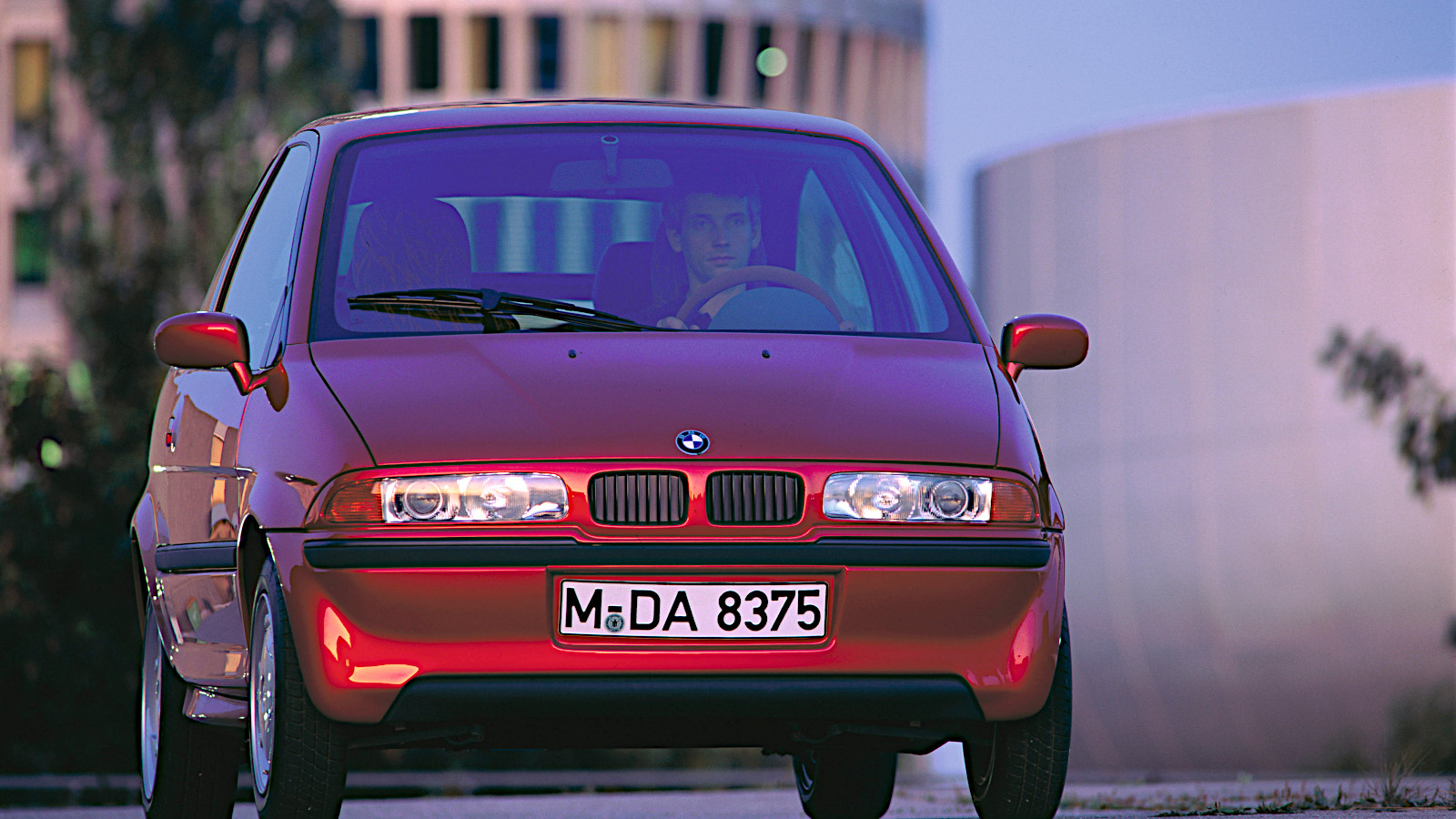 © BMW
© BMW -
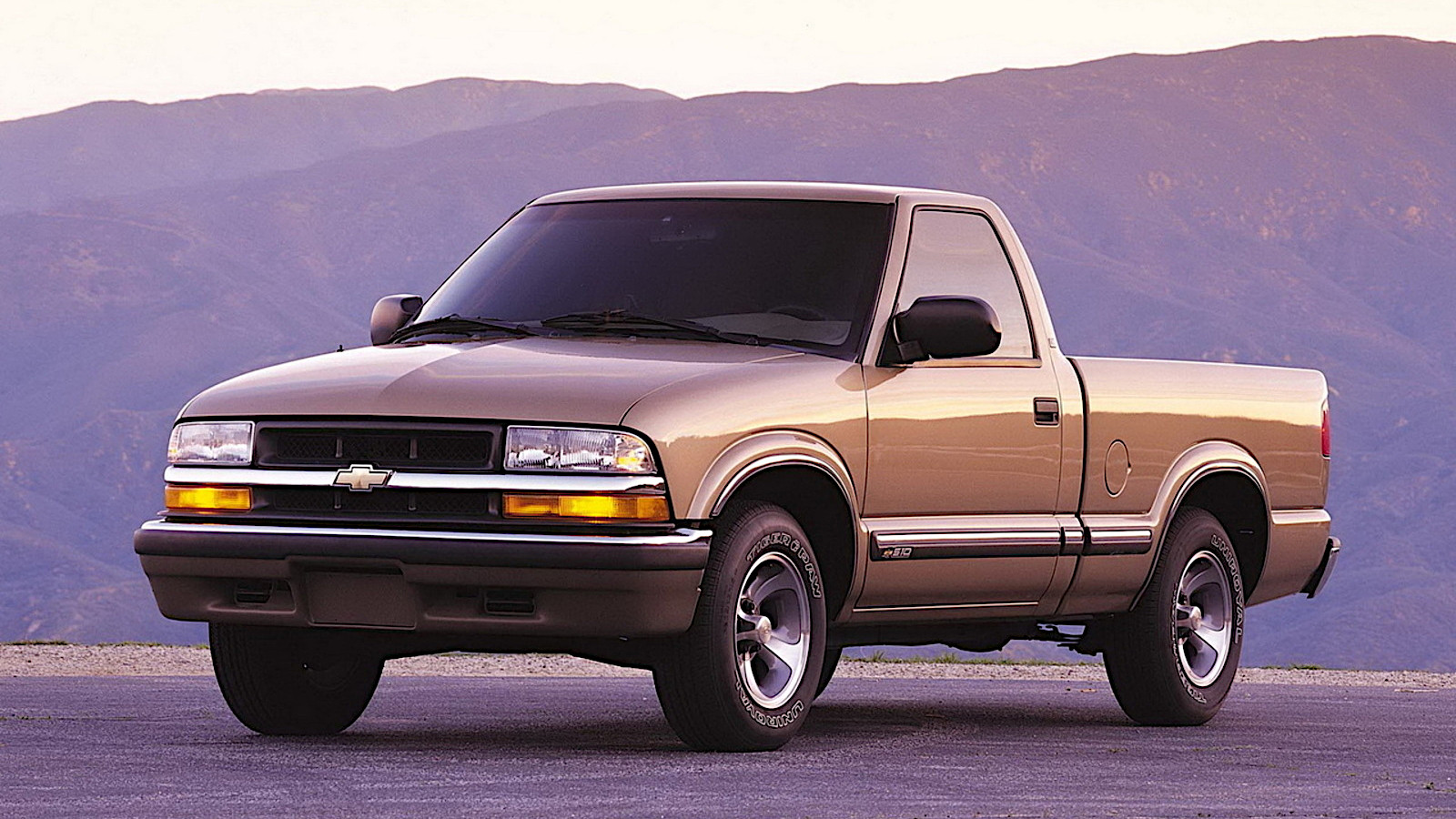 © GM
© GM -
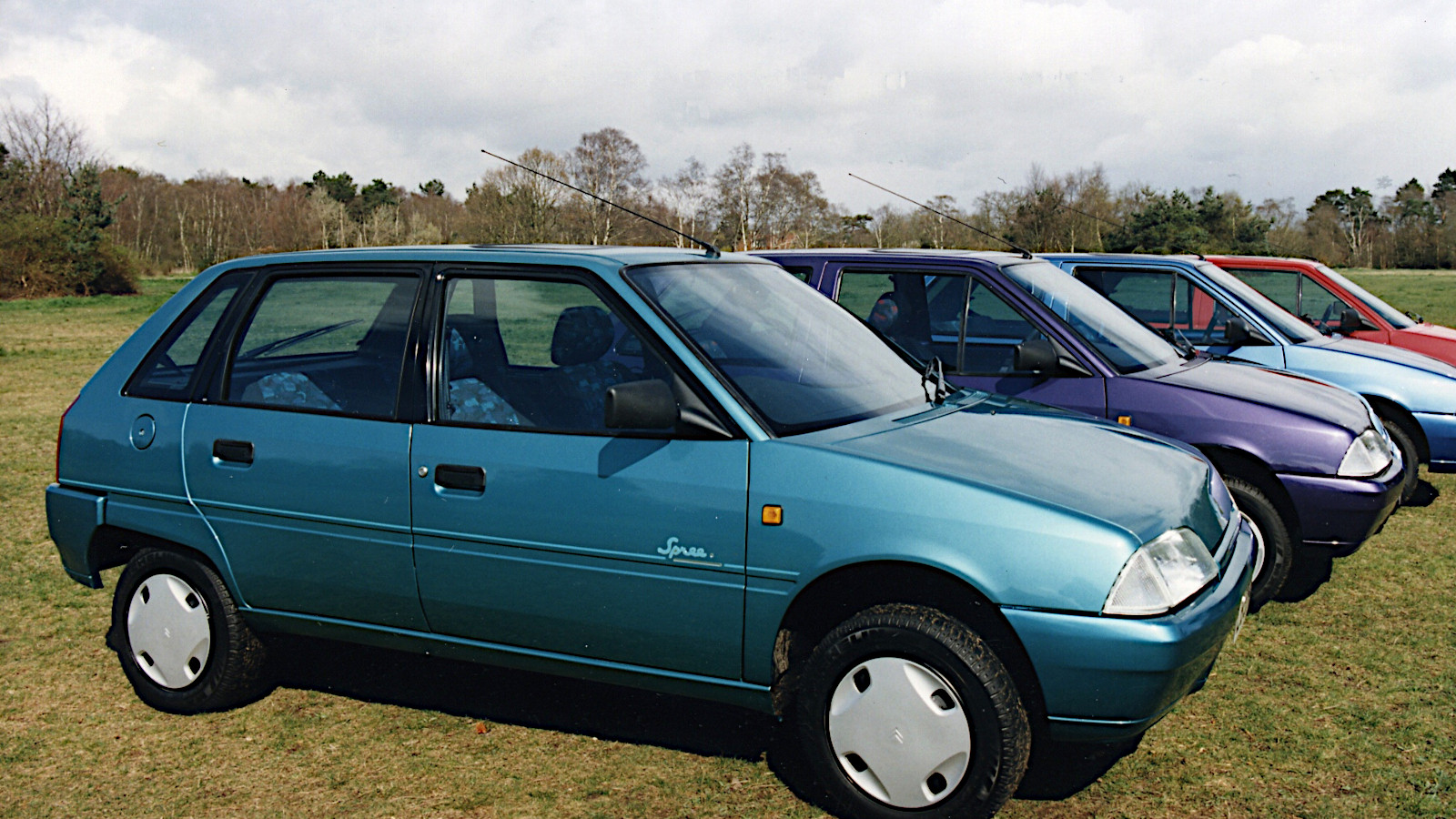 © Stellantis
© Stellantis -
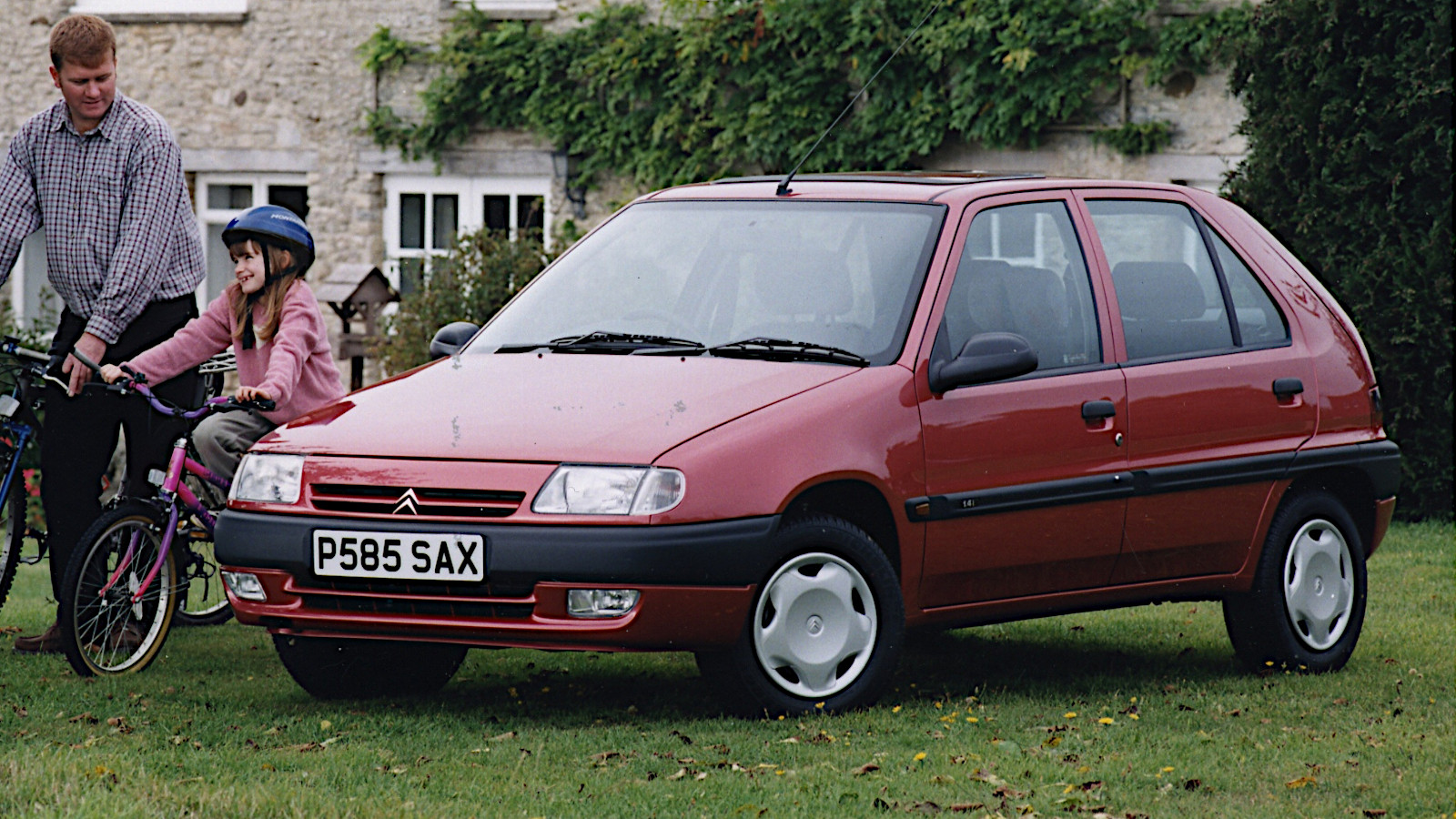 © Stellantis
© Stellantis -
 © Anachrocomputer/public domain
© Anachrocomputer/public domain -
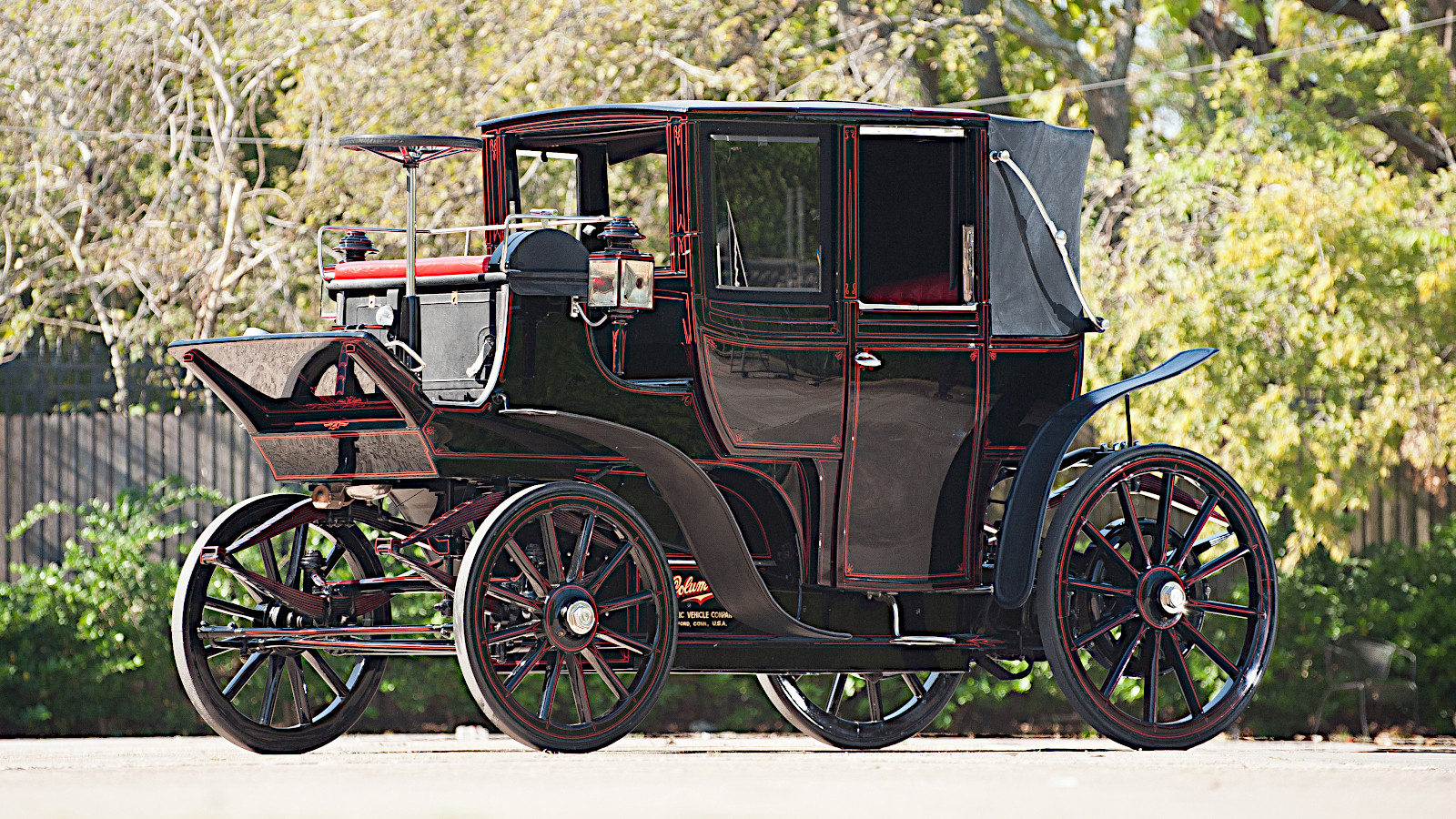 © Darin Schnabel/RM Sotheby’s
© Darin Schnabel/RM Sotheby’s -
 © RM Sotheby’s
© RM Sotheby’s -
 © Porsche
© Porsche -
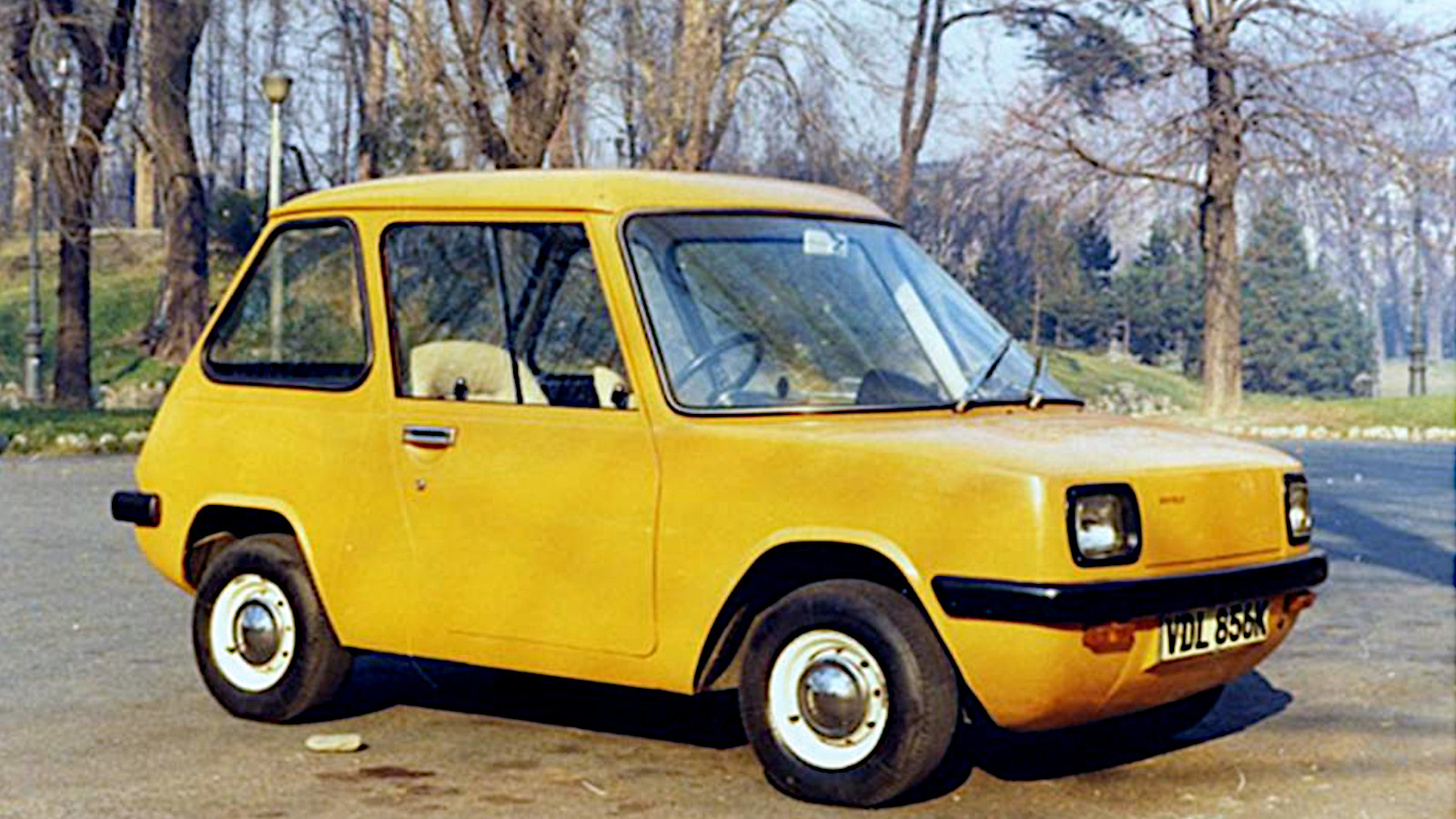 © Constantine Adraktas/Creative Commons https://creativecommons.org/licenses/by-sa/3.0/legalcode
© Constantine Adraktas/Creative Commons https://creativecommons.org/licenses/by-sa/3.0/legalcode -
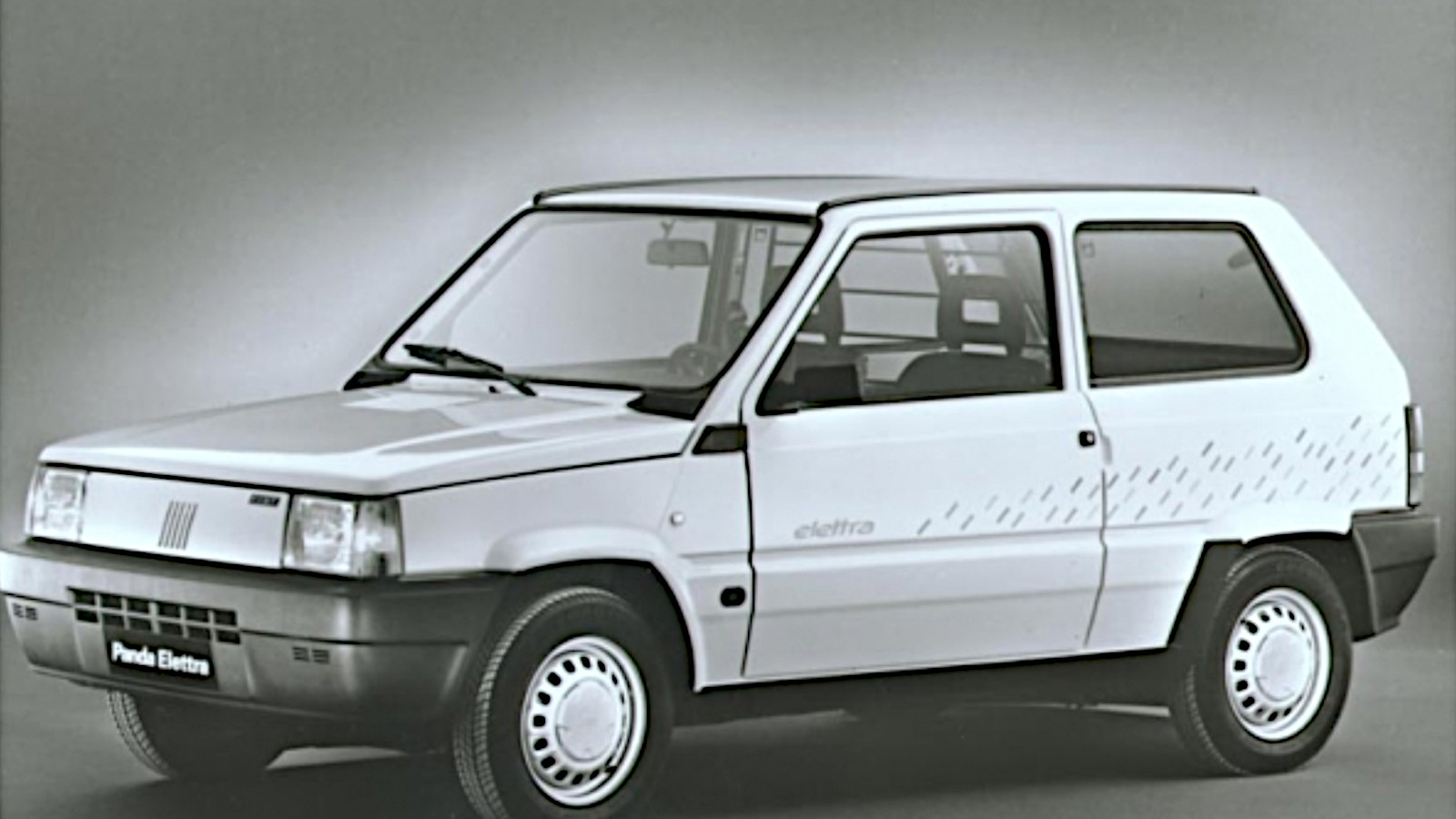 © Stellantis
© Stellantis -
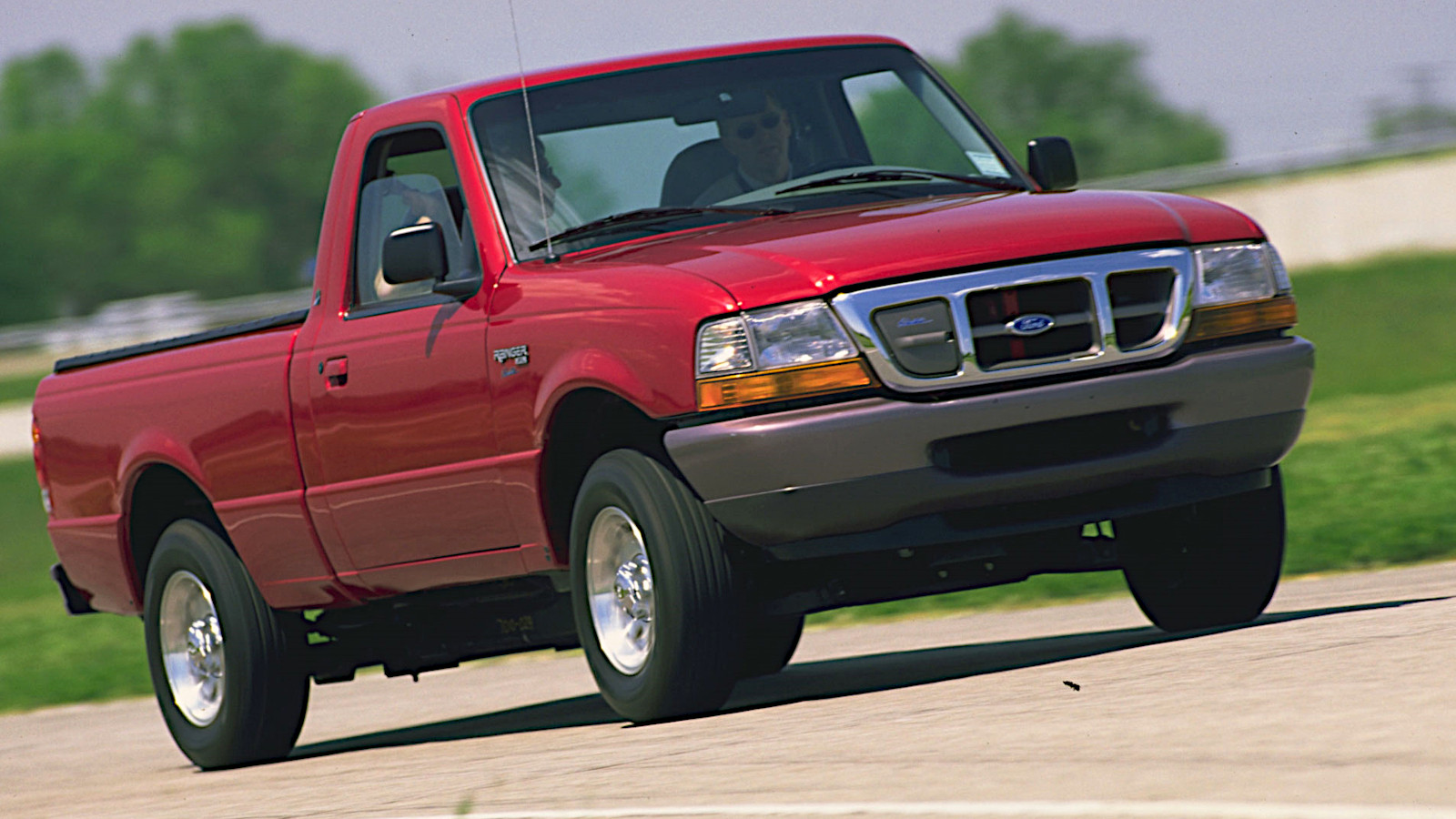 © Ford
© Ford -
 © Evplus/public domain
© Evplus/public domain -
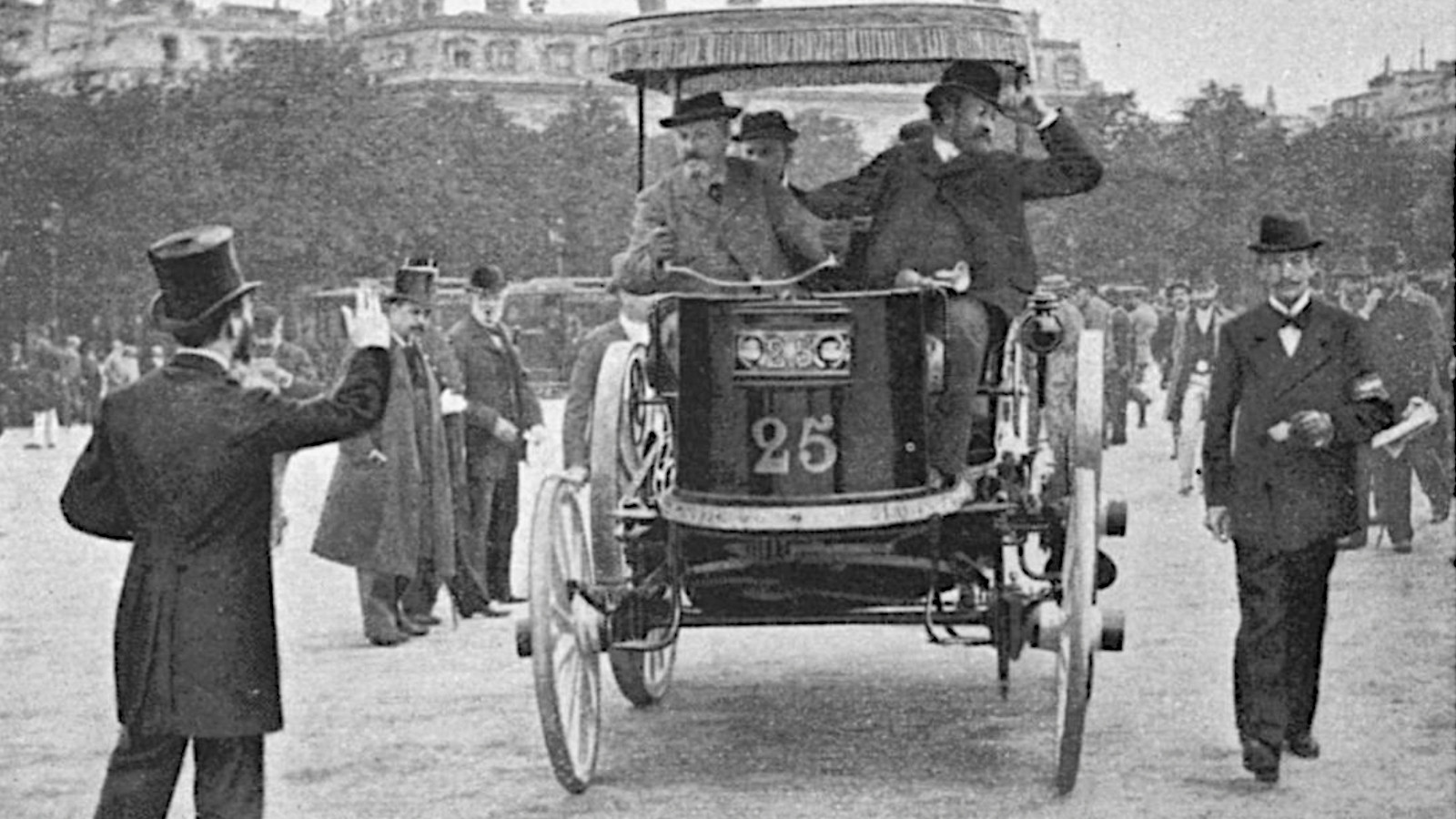 © Carle di Mazibourg/public domain
© Carle di Mazibourg/public domain -
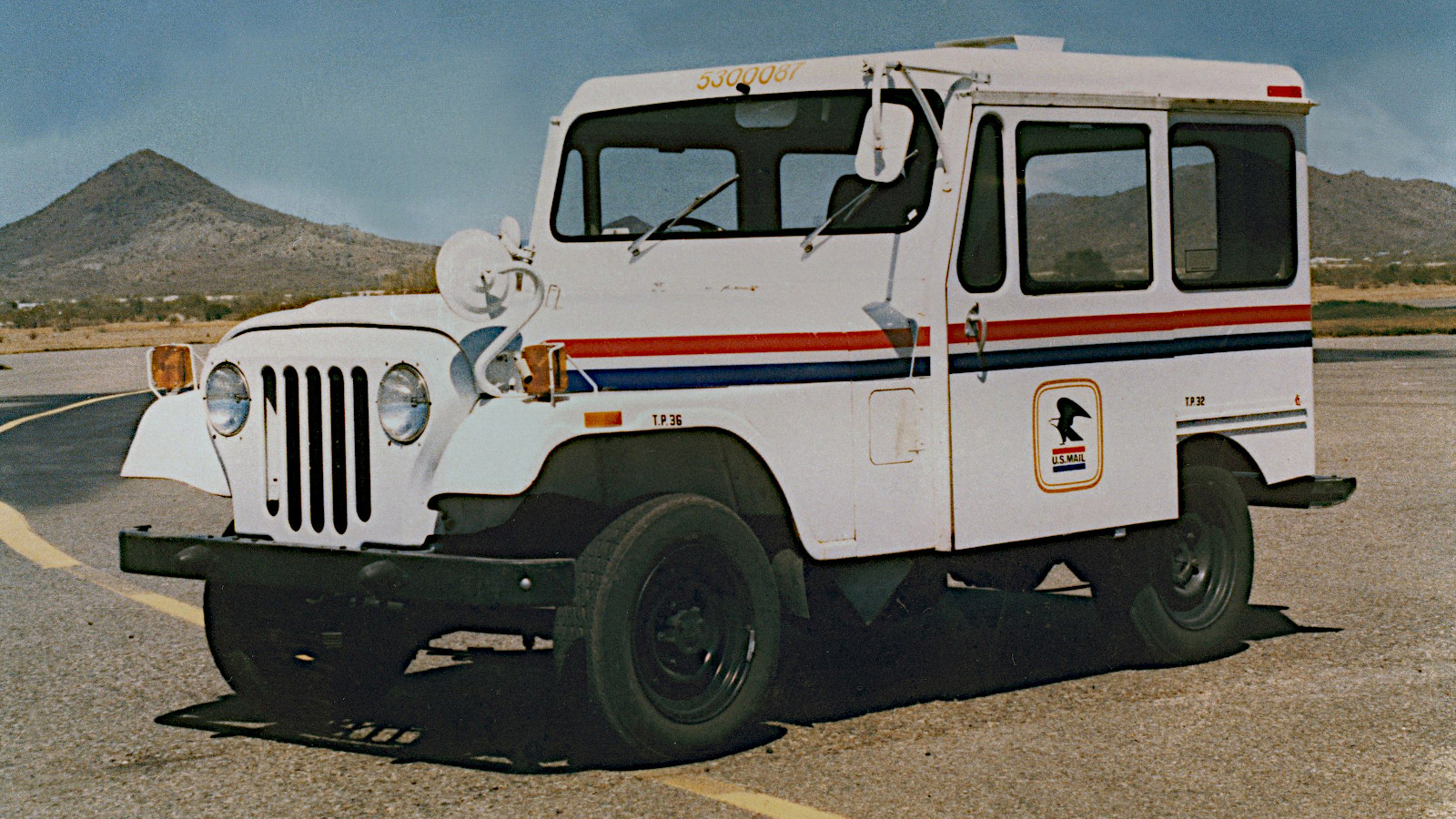 © US National Archives and Records Administration
© US National Archives and Records Administration -
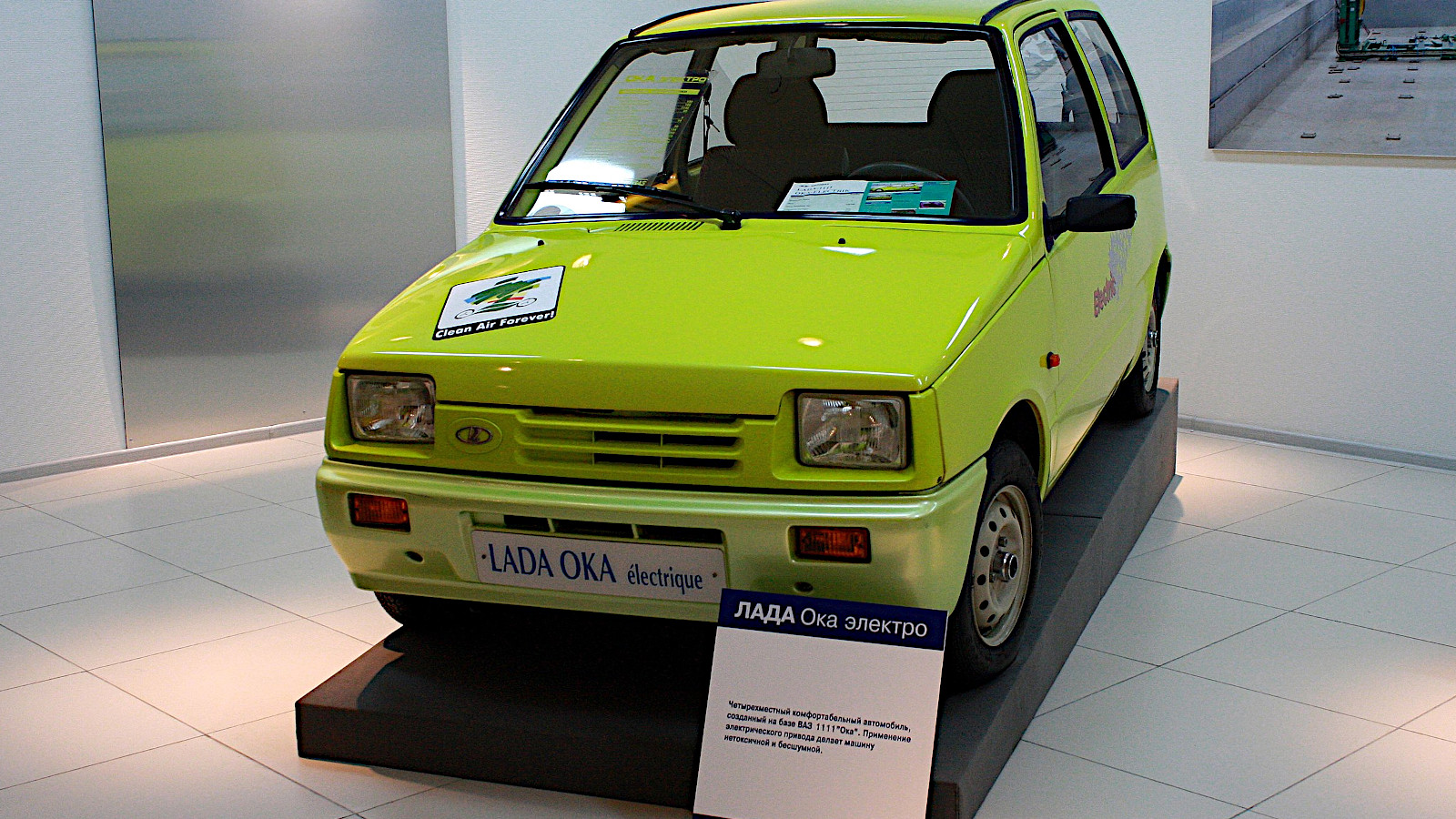 © Valera N Trubin/Creative Commons licence https://creativecommons.org/licenses/by-sa/3.0/legalcode
© Valera N Trubin/Creative Commons licence https://creativecommons.org/licenses/by-sa/3.0/legalcode -
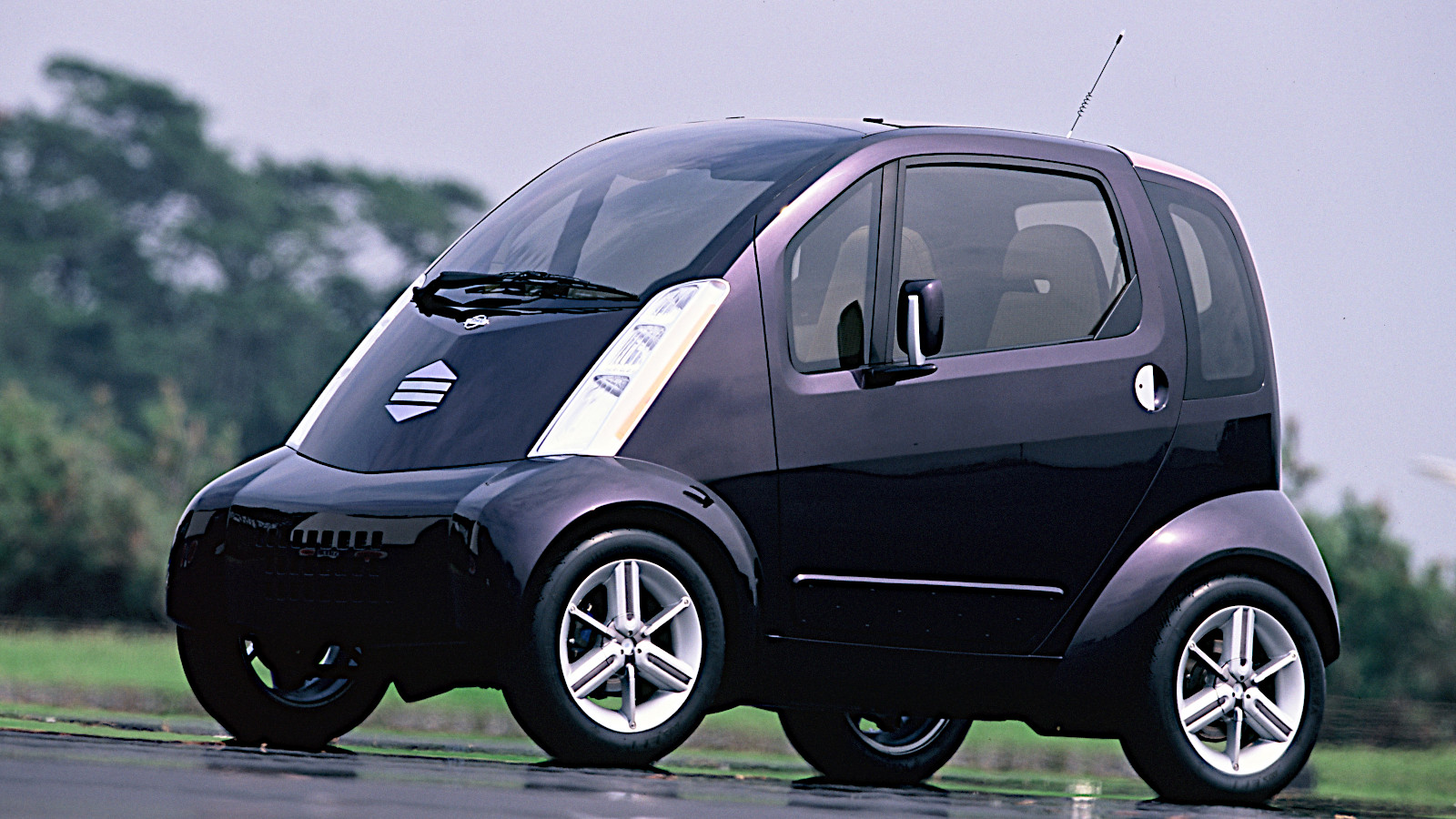 © Nissan
© Nissan -
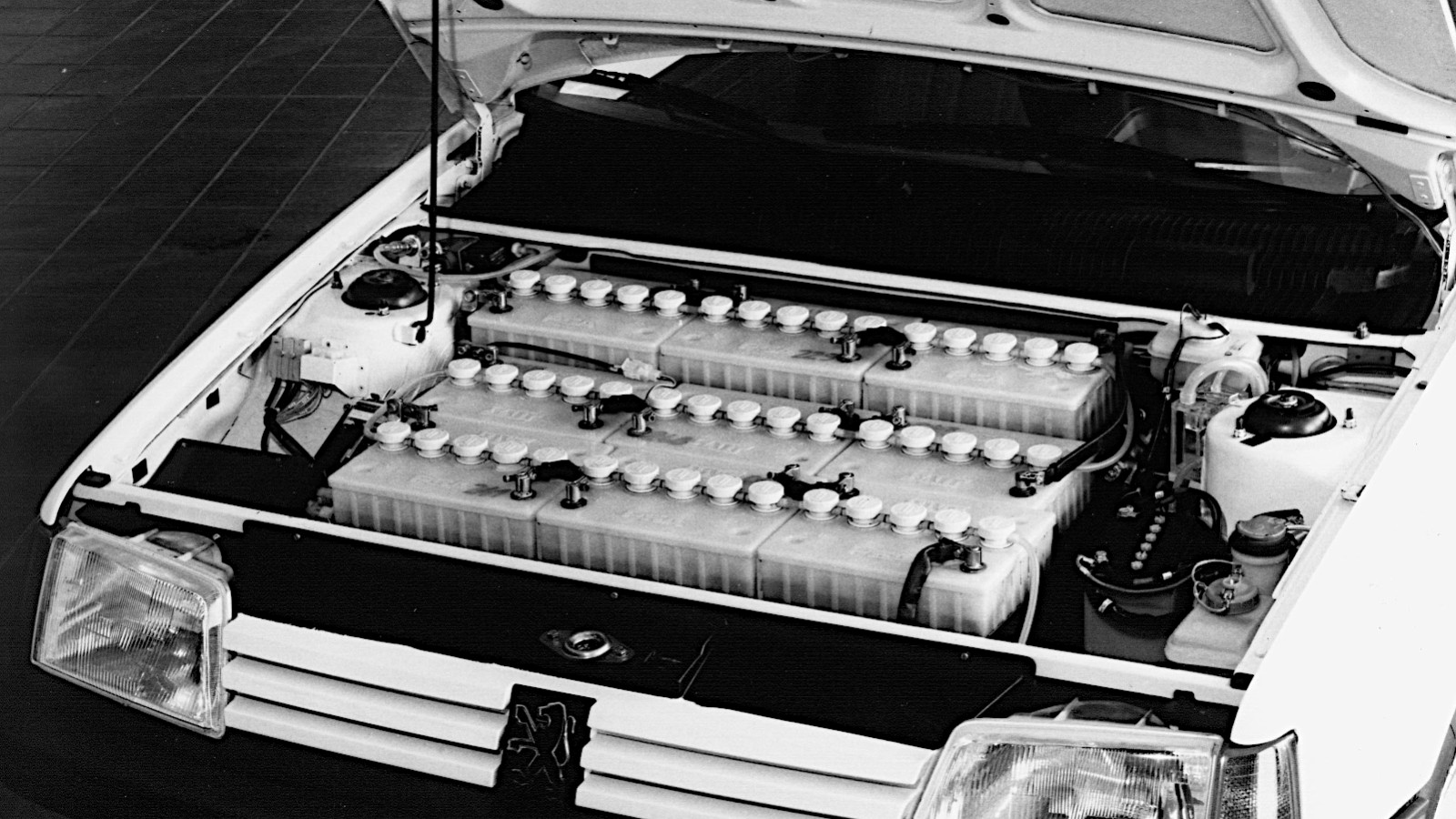 © Stellantis
© Stellantis -
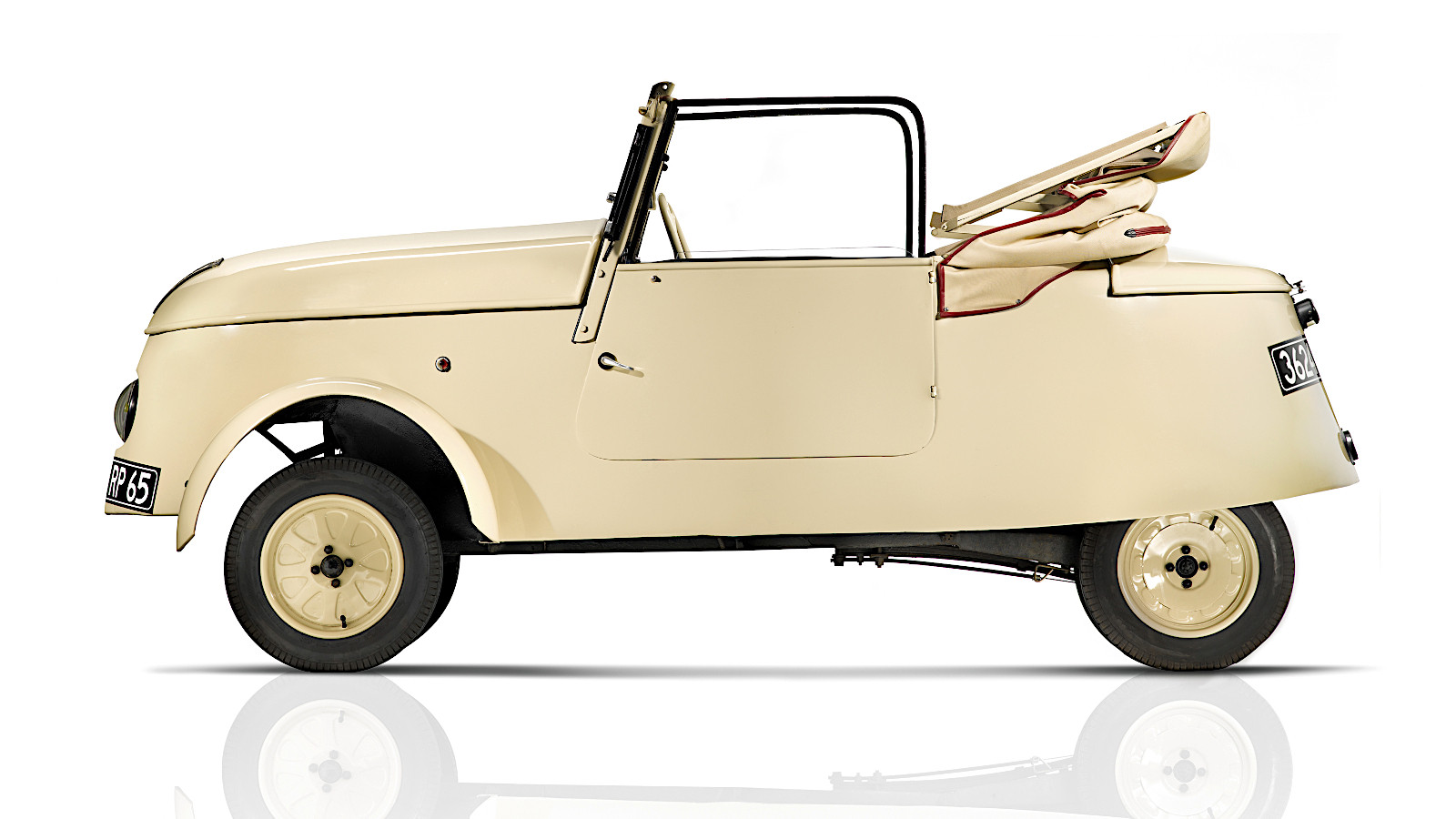 © Stellantis
© Stellantis -
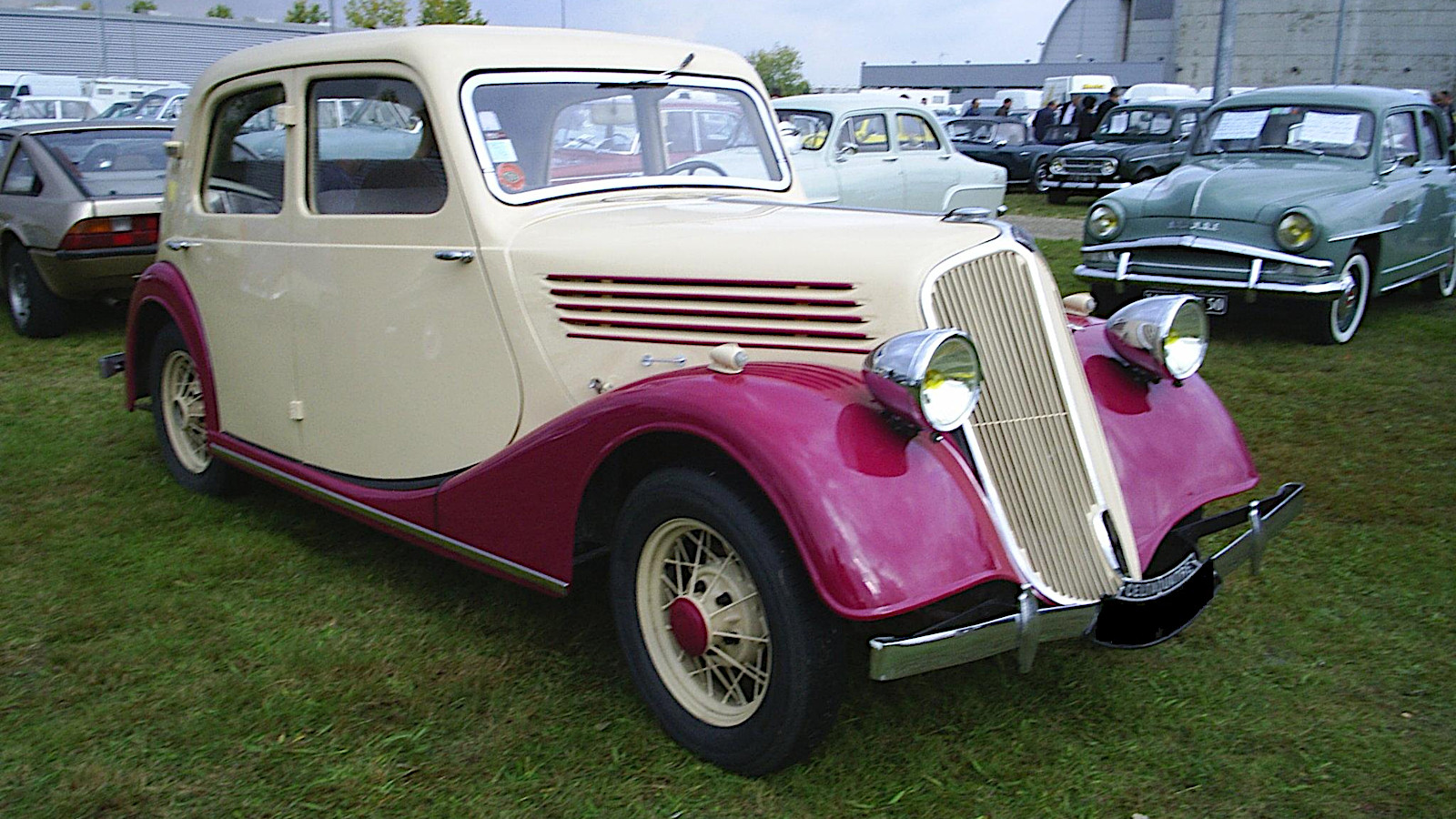 © Guillaume27/Creative Commons licence https://creativecommons.org/licenses/by-sa/3.0/legalcode
© Guillaume27/Creative Commons licence https://creativecommons.org/licenses/by-sa/3.0/legalcode -
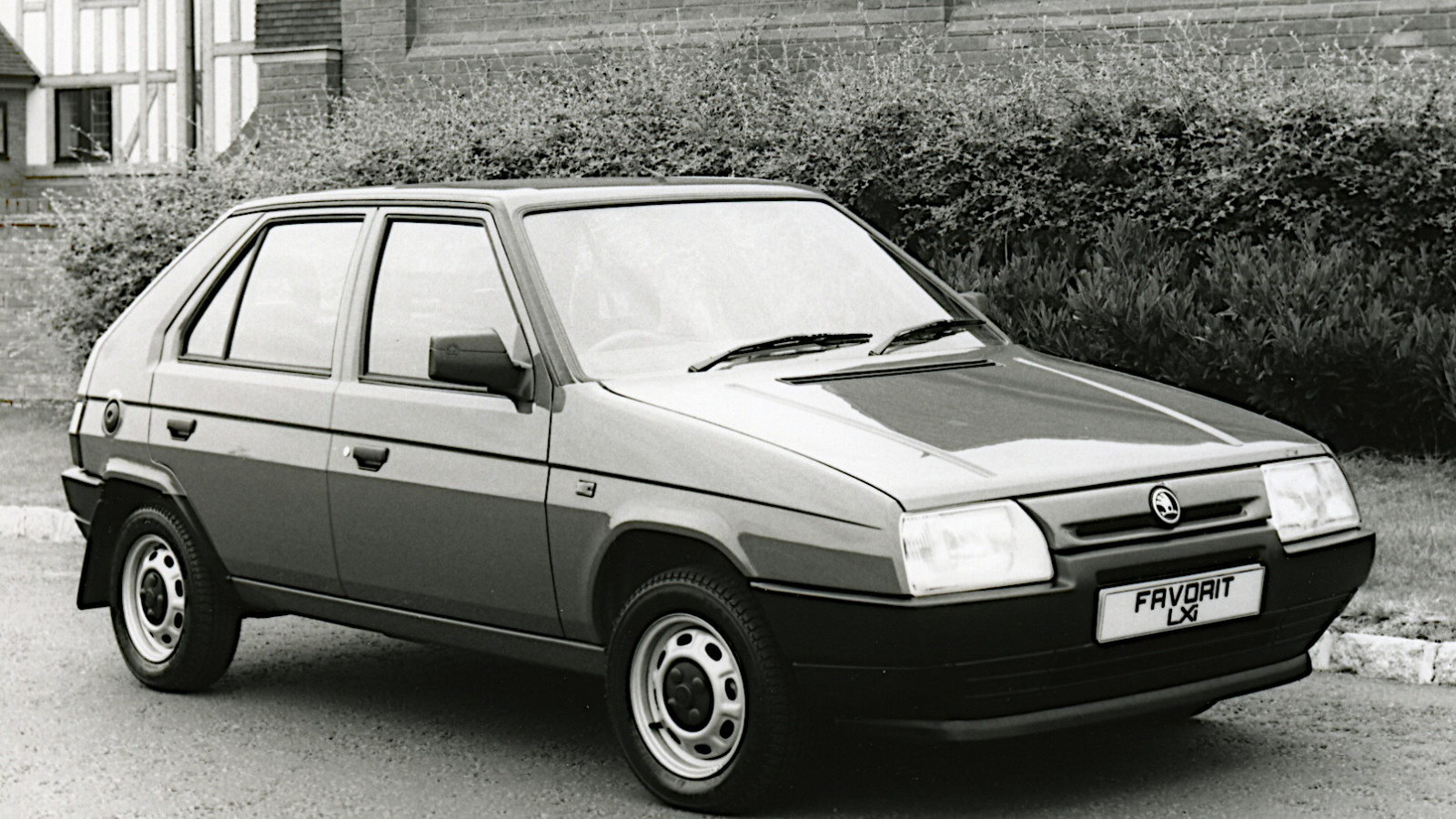 © Škoda
© Škoda -
 © Škoda
© Škoda -
 © Nissan
© Nissan -
 © Toyota
© Toyota -
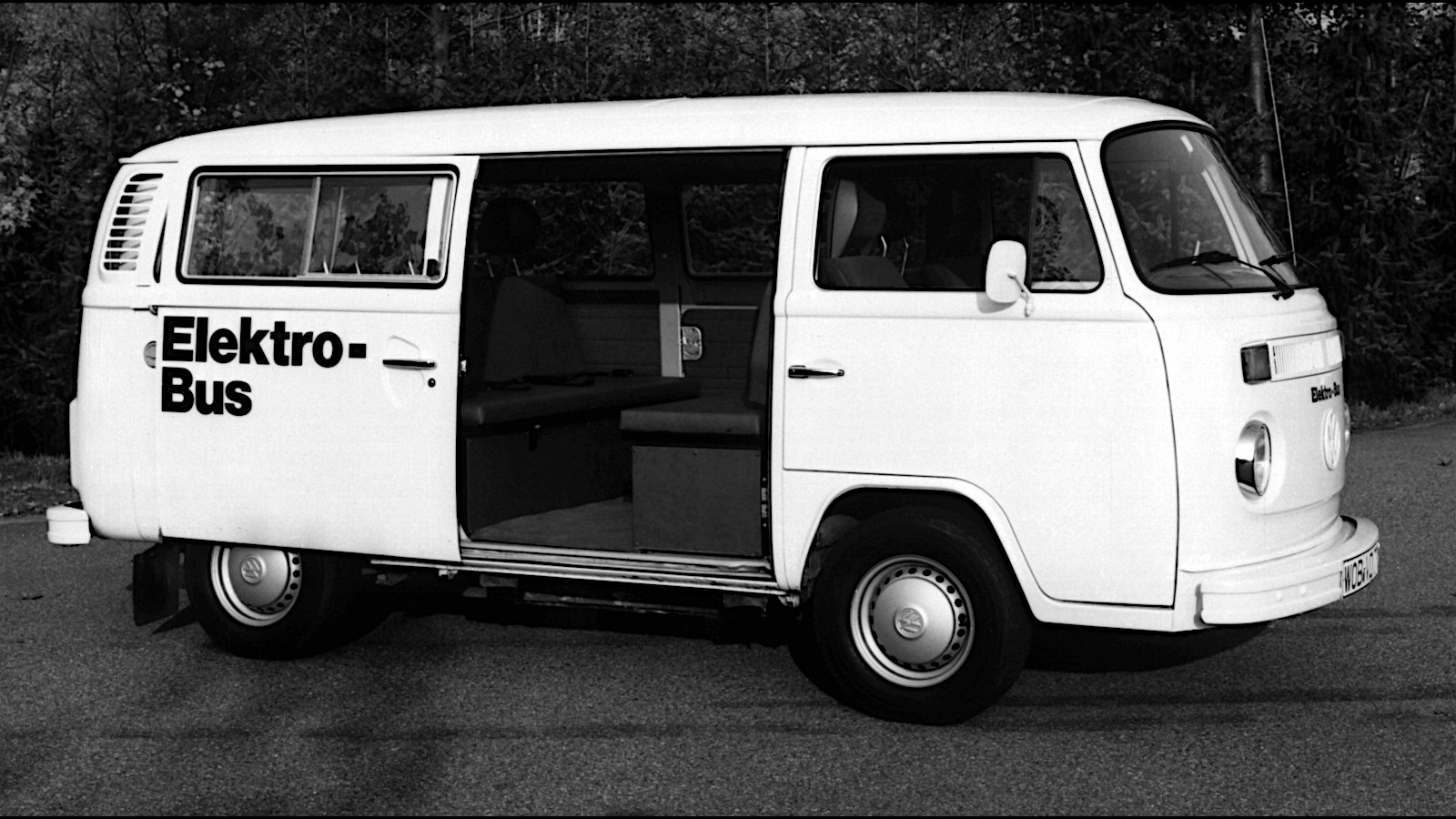 © Volkswagen
© Volkswagen -
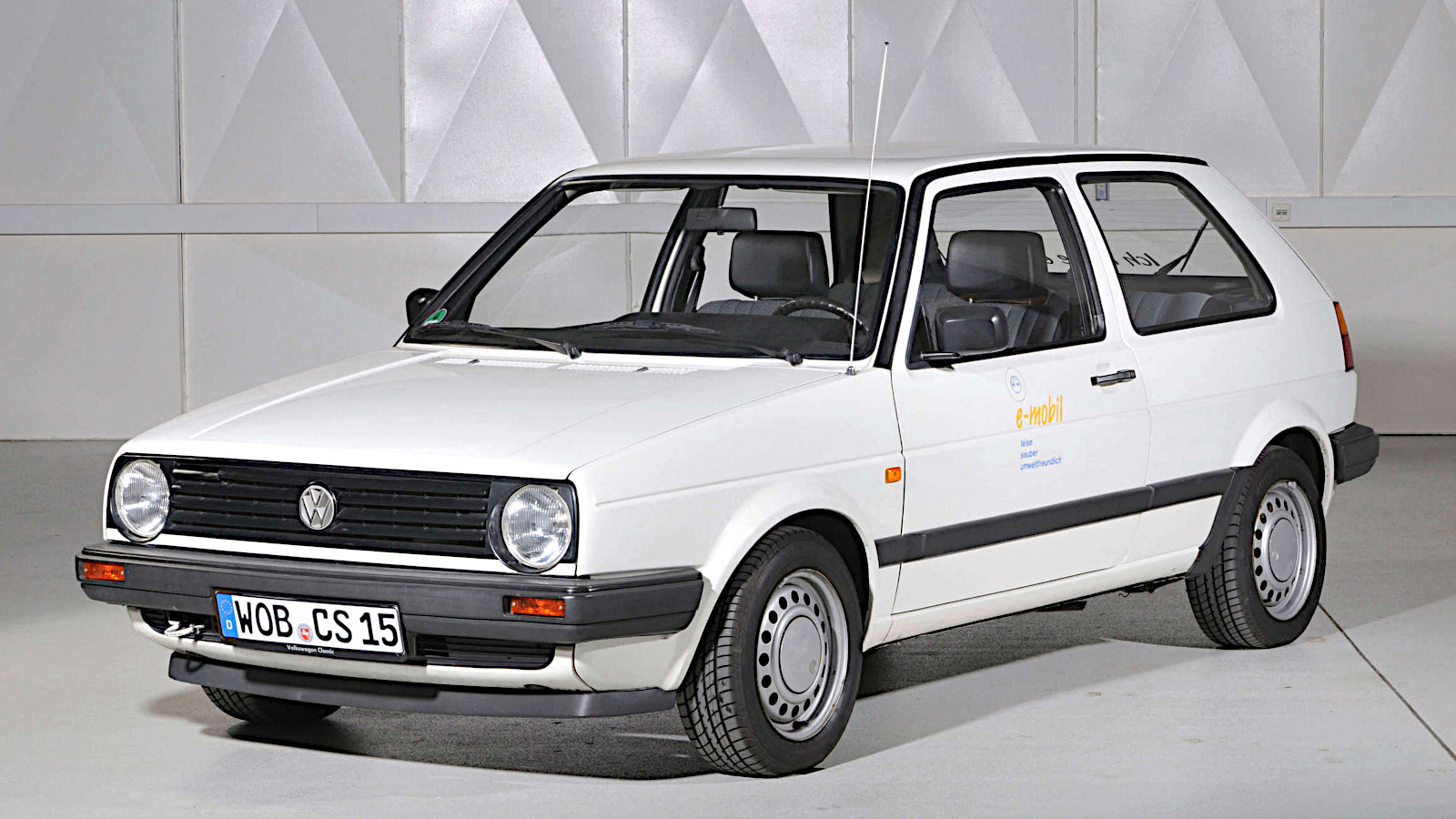 © Volkswagen
© Volkswagen -
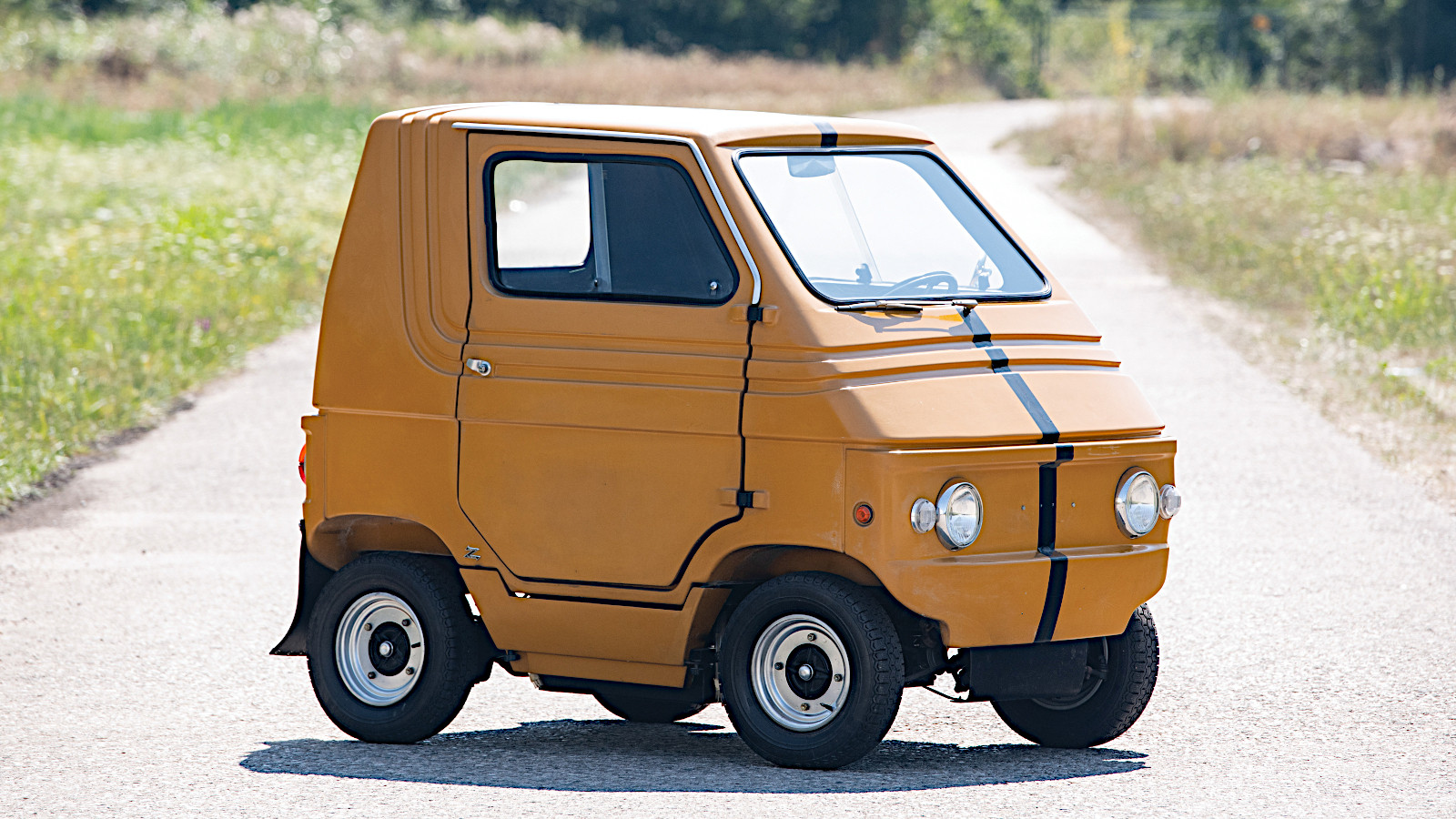 © Dirk de Jager/RM Sotheby’s
© Dirk de Jager/RM Sotheby’s
-
Electric dreams
Electric cars may be all the rage today, but that doesn’t mean they are new.
Early pioneers in this field include Thomas Parker and Gustav Trouvé in the 1880s, and Robert Anderson way back in the 1830s. By the turn of the 20th century, things had reached a point where it was unclear whether an electric motor, an internal combustion engine or a steam engine was the best power source for a road vehicle.
The second of these options became the most favoured, but some manufacturers continued to produce electric cars in the long dark ages before they once again became a popular choice in the past decade.
Here’s a selection of 28 classic electric vehicles produced before 2000, listed in alphabetical order.
-
1. Baker
The 1908 Model V Victoria pictured here was just one of many electric cars produced by the Baker company of Cleveland, Ohio, from 1899 until the First World War.
Cars with electric motors were highly thought of at that time, because they were very quiet and didn’t have to be started by turning a crank handle, a difficult and occasionally dangerous procedure.
Baker was particularly good at designing and building them. There’s a claim that it was the world’s most prolific producer of this type of vehicle in 1906, on the strength of having built 800 in that year alone.
The company was merged with another one also based in Cleveland to become Baker, Rauch & Lang. Specialising in electric cars turned out to have been a misstep. The new firm folded when it became clear that using petrol engines was the way forward.
-
2. BMW 1602 Elektro-Antrieb
The first public sign of BMW’s interest in electric cars was the appearance of two converted 1602s, which were used as support vehicles at the 1972 Munich Olympic Games.
BMW acknowledged 40 years later that, with lead-acid batteries weighing 350kg and a range of just 37 miles, the Elektro-Antriebs were hardly suitable for production.
-
3. BMW E1
After its experience with the 1602, BMW created electric versions of the little 700 and the first two generations of 3 Series.
Its first concept designed from scratch to be powered by an electric motor was the E1 of 1991 (pictured). It still looks remarkably modern today, as does another E1 revealed two years later.
Both could be considered as ancestors of BMW’s first all-electric production model, the i3, of 2013.
-
4. Chevrolet S-10 EV
The second-generation Chevrolet S-10 pick-up truck (pictured) was sold in North America from 1993 to 2004, and was nearly always powered by either a 2.2-litre four-cylinder petrol engine or a 4.3-litre V6.
The exception was the S-10 EV, the first electric vehicle ever marketed by Chevrolet. Mechanically similar to the General Motors EV1 coupé, it was unique in the S-10 range in that its power was transferred to the road through the front wheels.
The EV made its debut in the 1997 model year, received an update the year after that, then was dropped due to low sales.
-
5. Citroën AX Électrique
Citroën experimented with electric versions of the C15 and C25 vans, and created an odd-looking city-car concept called the Citela, before committing to production with the AX Électrique in 1995.
Visually almost identical to every other non-performance AX (including the petrol-engined Spree special edition pictured here), the little hatchback had a modest maximum speed of 56mph and a range which would not be considered impressive by today’s standards.
It was a worthy effort for its time all the same, but Citroën built fewer than 400. The Électrique therefore accounted for a tiny fraction of the total AX production run, which exceeded 2.5 million units.
-
6. Citroën Saxo Électrique
One reason why Citroën built very few AX Électriques is that its new hatchback, the Saxo (standard model pictured) was introduced just one year later.
The Saxo Électrique derivative was produced for far longer, and in the thousands rather than the hundreds.
As with the AX, it was very difficult to tell the electric Saxo apart from most other versions. The only clues were a wing-mounted flap covering the charging point and an interior gauge which told the driver how much juice was left in the battery.
-
7. CityEl
The car later known as the CityEl started out as the Mini-El. This was one of the very few vehicles designed and initially built in Denmark, though production was later transferred to Germany.
Like the more modern versions, the Mini-El was a tiny and very light single-seater with an electric motor, a glassfibre body and three memorably narrow wheels.
There have been several body styles, but in every case access to the cockpit is via a section which hinges upwards from the front.
-
8. Columbia
Although it latterly built cars with internal combustion engines, Columbia’s real speciality was electric vehicles.
As the Landaulet (pictured) shows, they were mostly of the ‘horseless carriage’ type, which was reasonable enough when the brand was established in 1899.
Columbia produced a wide range of high-quality electric cars, some of them remarkably expensive.
In 1910, Columbia was one of several manufacturers brought together to form the United States Motor Company, which collapsed within three years.
-
9. Detroit Electric
Detroit Electric occupies an outstanding position in the field of electric cars in the sense that it built nothing else for more than 30 years.
Founded in 1907, it didn’t seem to notice that petrol-engined cars later became almost ubiquitous. Nor did its styling habits advance very far – the Model 93 pictured here looks like an early attempt, but it was in fact built as late as 1922.
Despite all that, Detroit Electric survived the Wall Street Crash of 1929, and continued building cars for another 10 years.
-
10. Egger-Lohner C.2 Phaeton
The Phaeton dates from 1898, the same year that electric cars began battling for the world Land Speed Record.
Egger-Lohner’s machine would not have been able to compete with those, because it was a large, horseless-carriage type vehicle clearly not built for performance.
Porsche, which describes the car as the P1, claims that this is its first electric car (even though the company was not established until 1931 and did not build a road car under its own name until 1948), on the basis that founder Ferdinand Porsche was almost entirely responsible for it.
This has been robustly contested in recent years, but there’s no doubt that Porsche was involved with the design.
-
11. Enfield 8000
Other than the 465 of the late 1960s, which was built in very small numbers, the 8000 was the only model produced by Enfield Automotive.
It went on sale just before the start of the 1973 oil crisis – an ideal time for an electric car to enter the market, you might think.
Unfortunately, it was very expensive, and due to the weight of its batteries its performance and range were not much better than might have been expected of an electric vehicle sold half a century earlier.
The project was abandoned in 1976.
-
12. Fiat Panda Elettra
As we’ve already seen, mainstream manufacturers began putting electric versions of existing models on sale in the final decade of the 20th century.
The first to react to the metaphorical red lights going out was Fiat, which introduced the Panda Elettra in 1990. The four-speed manual gearbox of the regular Panda was retained, which was not unusual for an electric car of this period.
In its original form, the Elettra used lead-acid batteries and had a maximum output (according to Fiat, though other figures are quoted) of 12bhp. After two years, Fiat switched to nickel-cadmium batteries and raised the power to 24bhp.
Even this was far less than could have been expected of a petrol-engined Panda, but Fiat persevered with the car until 1998. Elettra versions of the Cinquecento and Seicento were also produced, the latter being the only one of the three which didn’t need to have its rear seats discarded to provide enough room for the batteries.
-
13. Ford Ranger EV
The Ranger EV was similar to Chevrolet’s S-10 EV in that it was both a pick-up truck and the first electric vehicle put on sale by the brand.
The Ranger first appeared a year after the Chevy, in 1998, and remained in production for much longer.
A 1999 update included a switch from lead-acid to nickel-hydride batteries. This contributed to slightly better performance and a much greater improvement in range.
Ford discontinued the Ranger EV in 2002 and did not immediately replace it, though an all-electric version of the much larger F-150 entered the market 20 years later.
-
14. Honda EV Plus
Honda began serious research into electric cars in April 1988, and put the little EV Plus into production exactly nine years later.
More than 300 examples were leased, rather than sold, to customers around the world, but mostly in the US, and particularly California.
The project came to an end in 1999. Honda said it had fulfilled its obligations to provide cars of this type to the public, at least for now, although Californian authorities and special-interest groups objected strongly.
-
15. Jeantaud
Jeantaud was already well established as a manufacturer of electric vehicles by the turn of the 20th century – indeed, founder Charles Jeantaud is believed to have built his first car as early as 1881.
Most Jeantauds were intended for road use, but in December 1898 Count Gaston de Chasseloup-Laubat set the first world Land Speed Record (39.24mph over a flying kilometre) in a modified example.
Chasseloup-Laubat and Camille Jenatzy exchanged records for the next few months until Jenatzy’s purpose-built La Jamais Contente reached 65.79mph – a speed well beyond the reach of any Jeantaud – in April 1899.
-
16. Jeep DJ-5E
Also known as the Dispatcher, the DJ was a two-wheel-drive derivative of the Jeep CJ series.
Most DJs were in the DJ-5 generation, which included a wide variety of power sources. Nearly all of these were petrol engines, but the DJ-5E had an electric motor, and was accordingly nicknamed Electruck.
DJ-5s in general had sliding doors, and the examples sold to the United States Postal Service were right-hand drive, allowing the employee to walk a shorter distance to each house.
The Electruck seems to have been produced only in 1976. Around 350 were delivered to the USPS that year, though sources disagree on the exact number.
-
17. Lada Oka
Lada Oka is one of several possible names for a small Russian car produced for many years by AvtoVAZ.
Most versions were powered by small petrol engines, none of them larger than 1.1 litres.
In 1989, an electric derivative known variously as the VAZ-1111e or Oka Electro was launched. It was produced for nine years, though only a few were built in that time.
Lada also created the all-electric Elf Electro and the thoroughly bizarre Rapan, but neither of these made it past the concept stage.
-
18. Nissan Hypermini
The Hypermini first appeared as a concept at the 1997 Tokyo motor show, and went into limited production early in 2000.
As the name suggests, Nissan put a lot of effort into making it as light as possible in the interests of performance and range. The car was based on an aluminium spaceframe, and energy was stored in lithium-ion batteries.
The result was a top speed of 62mph and a theoretical range of 71 miles, though Nissan stressed that the latter figure was achieved with the air conditioning switched off.
The Hypermini was never going to be a big seller. Nissan’s first mainstream electric car, the Leaf, did not enter production until 2010.
-
19. Peugeot 106 Électrique
As we’ll soon see, Peugeot entered the electric-car field several decades before Citroën, but it was the second of the two now related French brands to produce such a model in the 1990s.
The 106 Électrique, a close relative of Citroën’s AX, was launched two years later, in 1995.
Unlike Citroën, Peugeot had no need to update its car with a newer model shortly afterwards. Production of the 106 was therefore longer and more prolific.
Several build estimates can be found online, but Peugeot itself says that it manufactured 3542 units, which is close to 10 times the figure for the AX.
-
20. Peugeot VLV
The VLV (Véhicule Léger de Ville, or ‘light town car’) predated the 106 Électrique by more than 50 years.
Inspired by a severe shortage of petrol in wartime France, this tiny two-seater had a 2bhp electric motor.
Performance wasn’t exactly startling, but a VLV driver could keep up with a well-ridden bicycle with almost no physical effort for 50 miles before the battery went flat.
In all, 373 examples were built from June 1941 until February 1943.
-
21. Renault Celtaquatre
The production Celtaquatre (standard model pictured) was powered by a 1.4-litre petrol engine. In 1937, Renault used its chassis as the basis for a version which was never sold to the public.
With the engine removed and a motor and battery pack installed, this was Renault’s first electric car, and the only one it would produce in the 20th century.
In total, 35 examples were built and used as taxis at the International Exposition of Art and Technology in Modern Life (or, more simply, the World Fair), which was held in Paris from May to September of 1937.
-
22. Škoda Eltra
Škoda’s first front-wheel-drive car, the Favorit (standard model pictured), was briefly produced in electric form at the suggestion of a forward-thinking Swiss importer.
The Eltra 151, as it was known, became Škoda’s first full-sized electric passenger car in 1992, and was quickly followed by a pick-up derivative.
Both were powered by a 21bhp motor which gave the hatchback a top speed of 50mph. Škoda describes its range as being between 40 and 60 miles.
-
23. Škoda EV truck
The first all-electric Škoda of any kind was a truck designed to carry beer from a factory in Pilsen to local retail outlets.
Introduced in 1938, it had a remarkably aerodynamic front end for its day, as well as a payload of three tonnes.
It wouldn’t go very far before it needed a recharge, or very fast in any circumstances, but it was ideal for short delivery trips in an urban area.
Škoda’s second electric vehicle came along in 1941. The Puck was a toy car with working headlights and suspension, plus a top speed of 7mph. It was available in two sizes, which made it suitable for both younger and older children.
-
24. Tama
Prevented from building its usual products in the years following the Second World War, Tachikawa Aircraft turned its attention to electric cars (petrol being very scarce in Japan at the time). A subsidiary known as the Tokyo Electric Automobile Company produced the Tama in 1947.
In passenger-car form (though a truck version was also available), the Tama had a motor producing less than 5bhp, which was enough to push it to a top speed of 22mph. Driven more carefully, it had a range of about 40 miles between charges.
Tokyo Electric evolved, in several stages, into the Prince motor company, which built cars with internal combustion engines and became part of Nissan in 1966.
-
25. Toyota RAV4 EV
Toyota showed very little interest in battery-electric cars (as opposed to hybrids or fuel-cell vehicles) until quite recently, but it did create a Toyota RAV4 derivative of this type in the 20th century.
In total, 1484 examples found their way to customers in the US, where Toyota has traditionally been very strong, from 1997. Originally they were all provided on a lease basis, but later examples were sold outright.
The same model was also made available on the island of Jersey (where a small road network and a blanket 40mph speed limit suited it very well) from 1996, but only on a hire basis.
-
26. Volkswagen Elektro-Transporter
Also known as the Elektro-Bus, this was the first fruit of Volkswagen’s research into electric vehicles.
The battery pack weighed more than an entire VW Beetle, and what with that and a lot of necessary reinforcement the vehicle came in at a mighty 2.2 tonnes. The motor produced 22bhp, so this wouldn’t be anyone’s first choice as a getaway car.
Nevertheless, Volkswagen built around 120 examples with various body styles, starting in 1972.
-
27. Volkswagen Golf CitySTROMer
The next electric VW was the experimental Elektro Golf of 1976, which never made it to production.
Five years later, Volkswagen built the Mk1-based Golf CitySTROMer. Around 25 were made, of which the first 20 were part of a test fleet.
There were also CitySTROMer variants of the second (pictured) and third Golfs – 70 of the former were built from 1985, followed by 120 of the latter from 1993 to 1996.
The first mass-produced version was the e-Golf, which was launched in 2013.
-
28. Zagato Zele
Best known for the beautiful sports-car bodies it created for other manufacturers, Zagato went off-brand in a big way when it created the Zele.
More than 10in taller than it was wide, this inelegant microcar was sold in 1000, 1500 and 2000 forms, the numbers referring to the wattage of the electric motor fitted in each case.
Around 500 were produced from 1974 to 1976. Several were exported to the US and sold there under the brand name Elcar – no relation to the American marque which met its end in 1931.
